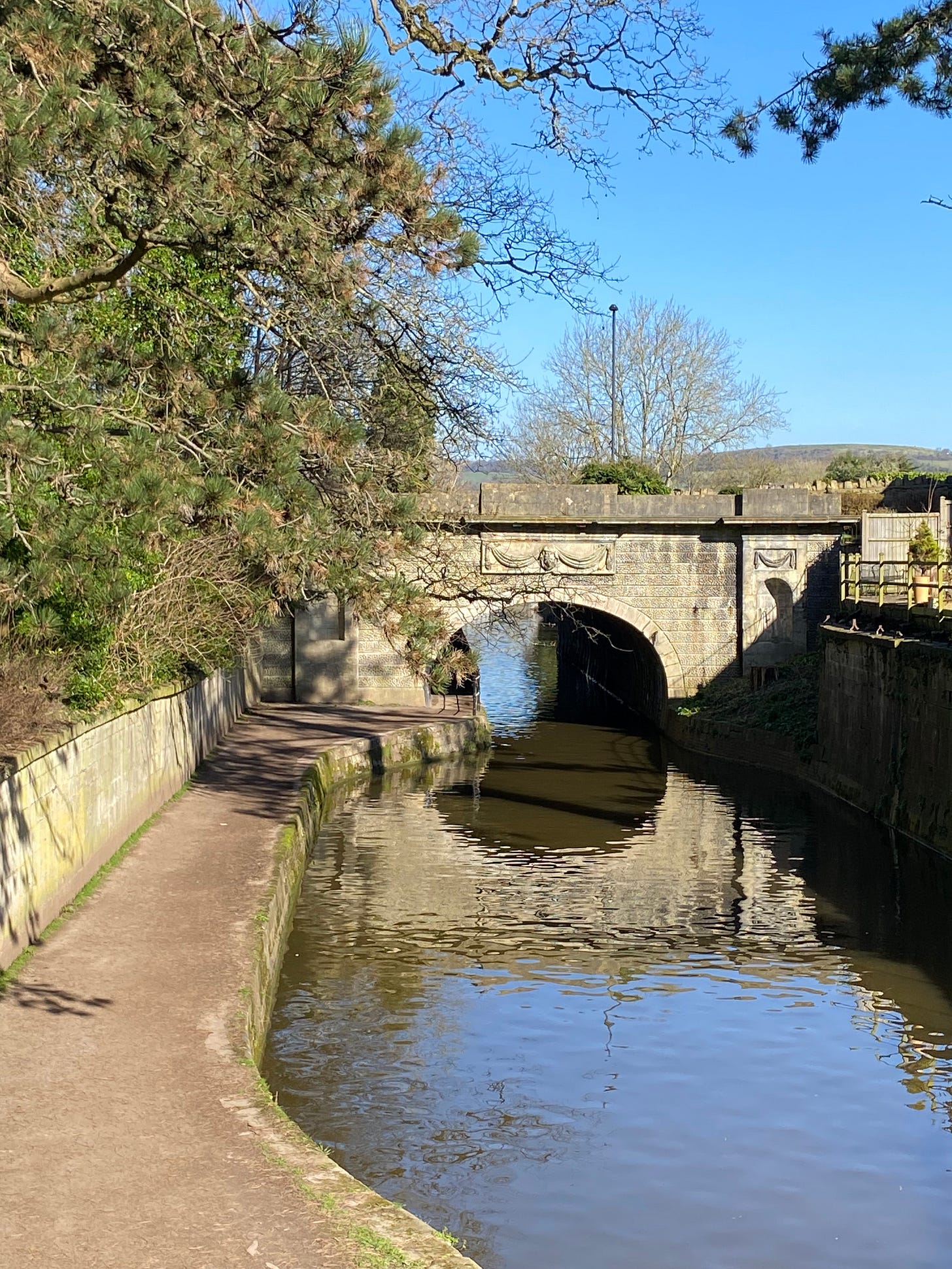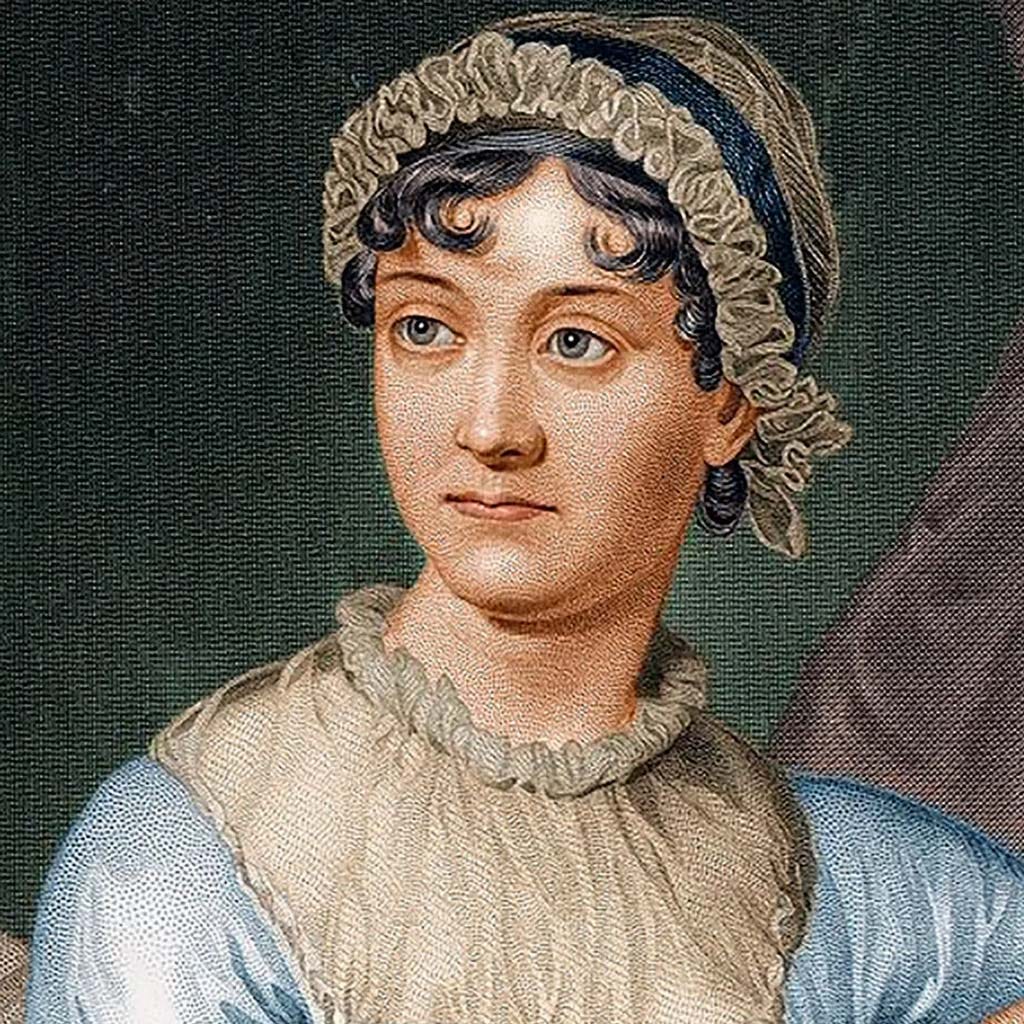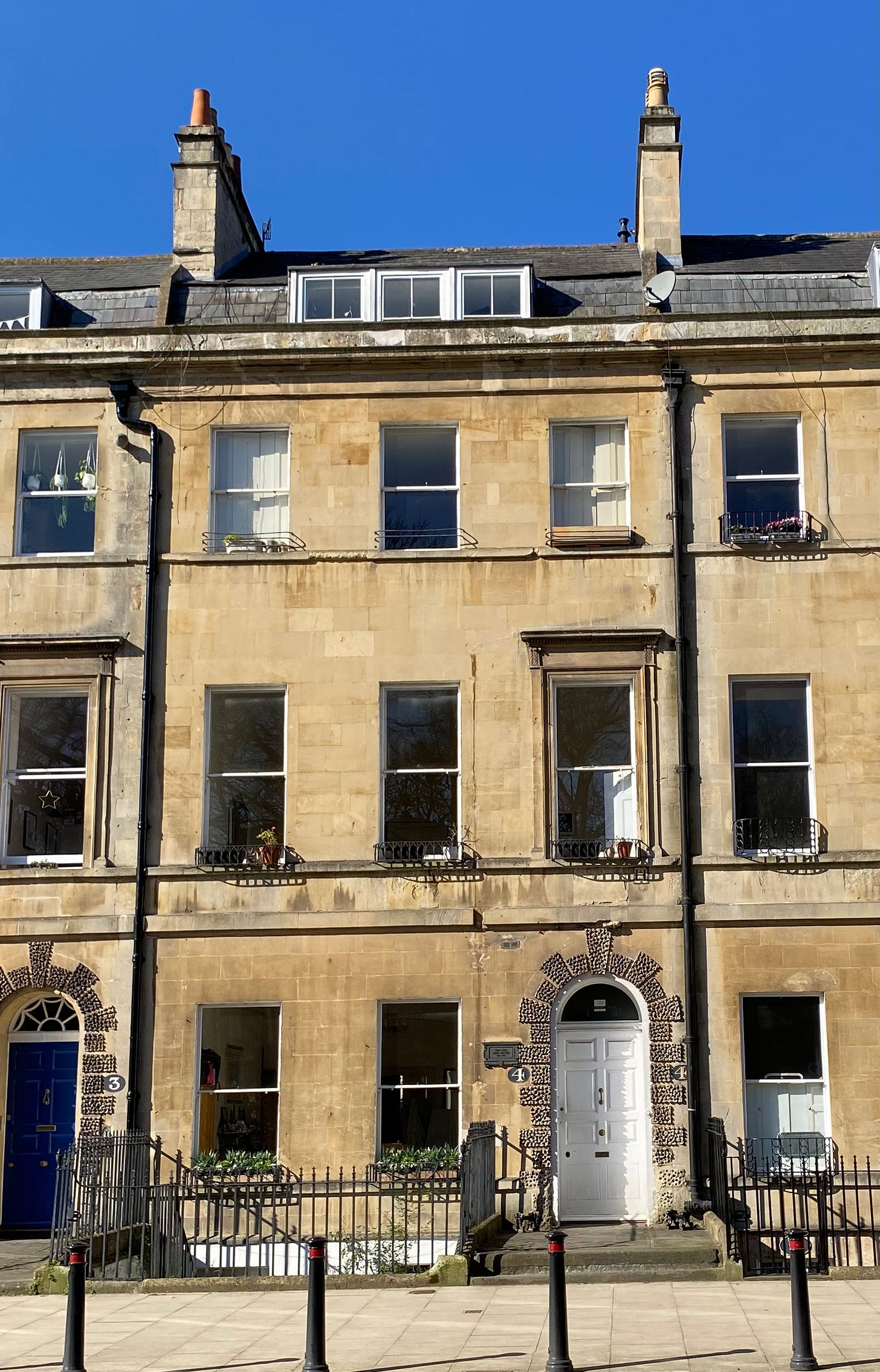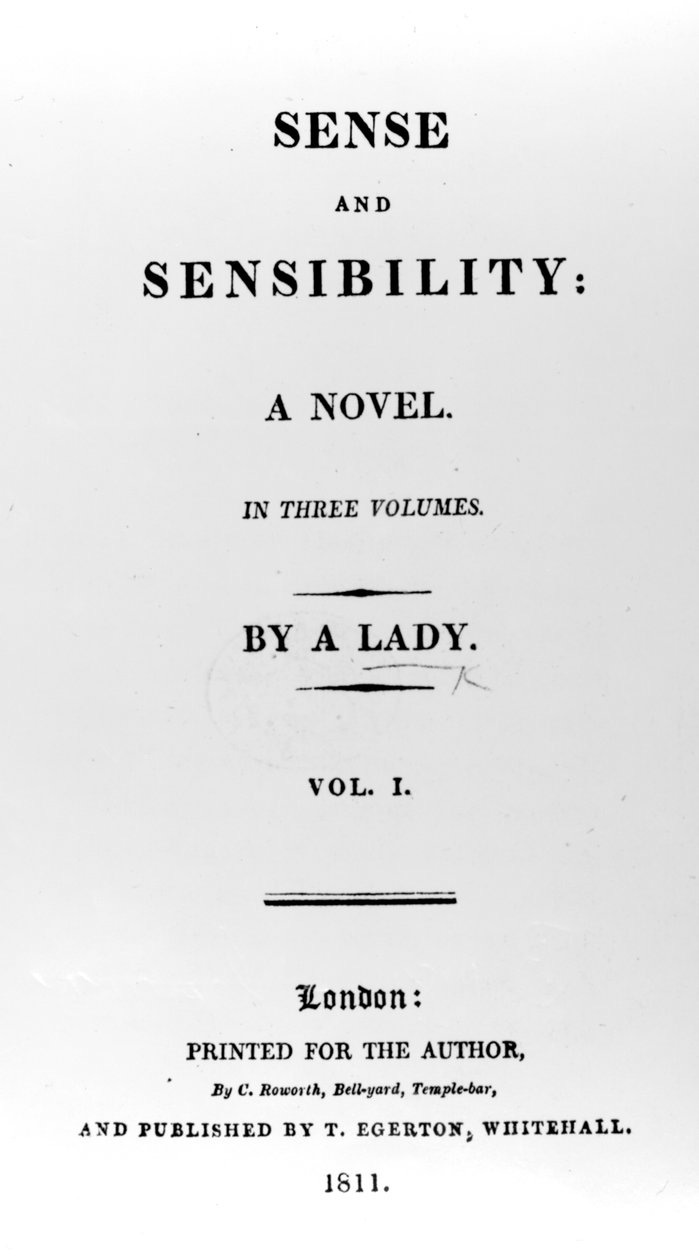On our last morning in Bath the sun was shining once again and there was warmth in the air. Unlike this morning when there was a flurry of snow while I was out with the dog, inconveniently timed as our heating system decided to throw up a glitch and we woke up to no hot water or heat (happy to report there was a quick fix, although the problem is ongoing). I’m ignoring the fact that my feet are still cold and I’m transporting myself back to that sunny spring morning when we strolled up Great Pulteney Steet as Jane Austen might have done, to Sydney Gardens, the last remaining Georgian Pleasure Garden in the UK.
Pleasure gardens arose in London in the 1700s as a new way for the wealthy middle classes to socialise. The first and most famous of these was Vauxhall Pleasure Gardens, a highlight of the London nightlife scene, where high culture often met with drunkenness and debauchery. They were landscaped outdoor venues with exotic pavilions and promenades, art galleries and entertainment spaces home to musicians and orchestras. They became fashionable places to eat, drink and dance, to be seen and to observe, although by the time of their demise in the late 1800s they had earned a bad reputation as a home to insobriety and lewd sexual behaviour.
Many versions of the London Pleasure Garden grew up around the country modelled on the original in Vauxhall, including Sydney Gardens in Bath which was originally known as the Bath Vauxhall Gardens. It was laid out in the 1700s by Thomas Baldwin, with lawns, paths and historic trees and it opened in 1795. Its layout was changed in 1810 to include the Kennet and Avon canal and later in 1840 to allow the Great Western Railway to pass through the landscaped lawns. It included a popular maze, a cascade, and swings – for both adults and children, the idea of which delights me as someone who does like the soaring thrill of a swing. There was a ride with jumping bars where riders could exercise their horses, a grotto and an artificial rural scene complete with automaton figures. There were regular fireworks and visitors were entertained by musicians, acrobats, tightrope walkers, pageants and parades. One of the earliest ascents in a hydrogen balloon took place from Sydney gardens in 1802. It took days to inflate and drew in crowds who watched and waited with anticipation. There was an annual flower show and public breakfasts were served of tea, coffee and Sally Lunn Buns, followed by dancing. In 1799 Jane Austen writes
“Last night we were in Sydney Gardens again… we did not go until nine and then we were in very good time for the fireworks which were really beautiful and surpassing my expectations; the illuminations too were very pretty”
Eventually Sydney Gardens fell into decline and went the way of all the Pleasure Gardens as they fell into disrepute and the Victorians abandoned them for other pleasurable pursuits such as the Music Halls. Sydney Gardens were bought by the council in 1908 and turned into a park where they remained in regular use, but a lottery grant in 2015 has allowed extensive refurbishment and restoration to their former glory.
The excerpt above from one of Jane’s letters, was written during a visit to the city a year before she actually moved to Bath with her family. It is quite possible, in fact very likely that you are much better informed than me, but until recently I was under the impression that Jane Austen was maybe born in Bath or spent her entire life there, so synonymous is her name with the city. But no, I was under a misapprehension and Jane Austen only actually resided in the city for a mere five years. Yet undoubtedly it was a huge source of inspiration for her life and work being mentioned in all six of her published novels and being the actual setting for two of them. She was clearly intrigued by the rituals and social etiquette of Bath society giving her plenty of material for her characters and plots as she acutely observed the comings and goings at the Bath Assembly rooms.
Her character Catherine Morland in Northanger Abbey famously asks “Oh! Who can ever be tired of Bath?” echoing the words of Samuel Johnson when he exclaimed ‘When a man is tired of London, he is tired of life” and yet some sources claim Jane Austen never actually liked the city of Bath, but I will return to this idea later.
Although we know the facts of her life such as where she was born and lived, when she wrote her novels etc. we know very little about Jane Austen herself. She was a prolific letter writer, and it is estimated she wrote over 3,000 letters during her lifetime yet only 160 of those letters survived because her sister Cassandra destroyed most of them twenty three years after Jane’s death. What remains of the letters makes for pretty slim reading. There is speculation as to the reason, but it is thought that she did it to protect Jane’s reputation so that Jane’s nieces would not read her sometimes very direct comments about other family members. Many may have been indiscreet about her sisters in law of which of which she had several. The disposal of the letters and the reason why was at the centre of the recent delightful BBC adaptation ‘Miss Austen’ based on the acclaimed novel of the same name by Gill Hornby (it’s next on my reading pile). We can only guess that the letters were destroyed because at the time her family wanted to extend the myth of ‘good, quiet Jane’ happy with her life and situation, yet more modern accounts portray a funny, passionate, acerbic woman who also experienced periods of unhappiness and discontent.
Jane was born in 1775 in Steventon in Hampshire where her father George Austen was rector of the parish. He came from an old wealthy family of wool merchants although his particular branch of the family fell into poverty, meaning George supplemented his income by farming and teaching. It was a large family and Jane had six brothers but just one sister Cassandra to whom she remained close throughout their lives, neither sister marrying.
In 1783 Jane and Cassandra were sent to Oxford to a tutor Ann Cawley, to be educated but after a trip to Southampton later that year both the girls contracted typhus and were returned home, and Jane almost died. She was home educated for a couple of years until being sent to boarding school in 1785, although this was also short lived as the fees proved too much for the family. Following this Jane remained at home where her education came largely from reading. Throughout her late childhood and teenage years she was known to write both poetry and short stories for her own amusement, often satirical and parodying other well known works.
In 1800 George Austen announced his retirement from the ministry and his intention to move the family from Steventon to Bath, a place they had visited in the past. The following year they moved to 4 Sydney Place, right across the road from the pleasure gardens.
4 Sydney Place, Bath
Jane was none too pleased that she was going to have to move 50 miles away from the only home she had ever known, and she virtually stopped writing which some have claimed was proof of her deep unhappiness whilst she was in Bath and an indication that she disliked the city. But what if the opposite what true? What if she was having so much fun enjoying herself in Bath society she didn’t have the time to write? We know from her earliest surviving letters she was a funny, vivacious and flirty young woman who loved parties, dancing and the company of young men. In 1796 she wrote to Cassandra about Tom Lefroy, an Irish lawyer with whom she had a dalliance:
“…a very gentlemanlike, good looking pleasant young man…imagine to yourself everything most profligate and shocking in the way of dancing and sitting down together.”
She claimed only to have eyes for Tom and was heartbroken when he was sent away.
“At length the day has come on which I am to flirt my last with Tom Lefroy and when you receive this it will be over. My tears flow at the melancholy idea.”
She was clearly a passionate young woman.
Jane’s father died suddenly in January 1805, leaving Jane, her mother and Cassandra in a precarious financial position resulting in the women spending time in rented accommodation in Bath before leaving the city in 1806. They moved around visiting family members before spending the autumn months in Worthing and eventually moving in with Jane’s brother Frank and his family in Southampton. In 1809 they moved to Chawton in Hampshire where Jane lived a quiet life for her final eight years. It was during this time that she published four novels. Sense and Sensibility was the first, published in 1811 but anonymously without her name on the cover. The title page simply read ‘by a lady’.
This was not unusual at the time when the only respectable roles for a woman were as a wife and mother. At best writing might be considered a hobby or a part time activity. Despite this, it was a financial success and her next three novels Pride and Prejudice (1814), Mansfield Park (1815) and Emma (1815) had ‘by the author of Sense and Sensibility’ on the cover. Her name never appeared on her novels during her lifetime. Her final two novels, the ones set in Bath, Northanger Abbey and Persuasion were published posthumously
In 1816 Jane became ill with a non-specific illness, some have conjectured it was Addison’s disease, others that it was Hodgkin’s Lymphoma but whatever the cause her health declined until by April 1817 she was confined to bed. She travelled to Winchester to seek treatment but died there aged just 41, in July 1817. She is buried in Winchester cathedral.
This year is the 250th anniversary of Jane’s birth and there are celebrations planned throughout the country as well as around the world, including an extra special version of the annual Jane Austen festival which has been held in Bath during September since 2001. It is a two week extravaganza starting with a Regency costume parade, followed by various balls, walks and talks. A type of literary cosplay event if you like, which despite my predilection to dress up at any excuse doesn’t appeal in the least. It is probably this event alone that had led me to believe Jane had spent far more of her life in Bath than she actually did. But I think she rather enjoyed her few years there having fun mixing and observing with the socially elite, which later provided her with plenty of material for her writing.











lovely post , I was such a fan of Jane Austen.read all her books as a teenager in the Caribbean, being under colonial rule , our educational system was very British, most of our high school teachers were from England. lovely women many of them and excellent teachers as well. We had an excellent education.
So many memories for me here. We spent our honeymoon in Bath almost 50 years ago, in a small hotel on Pulteney Street.